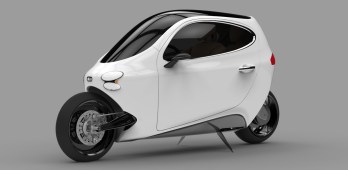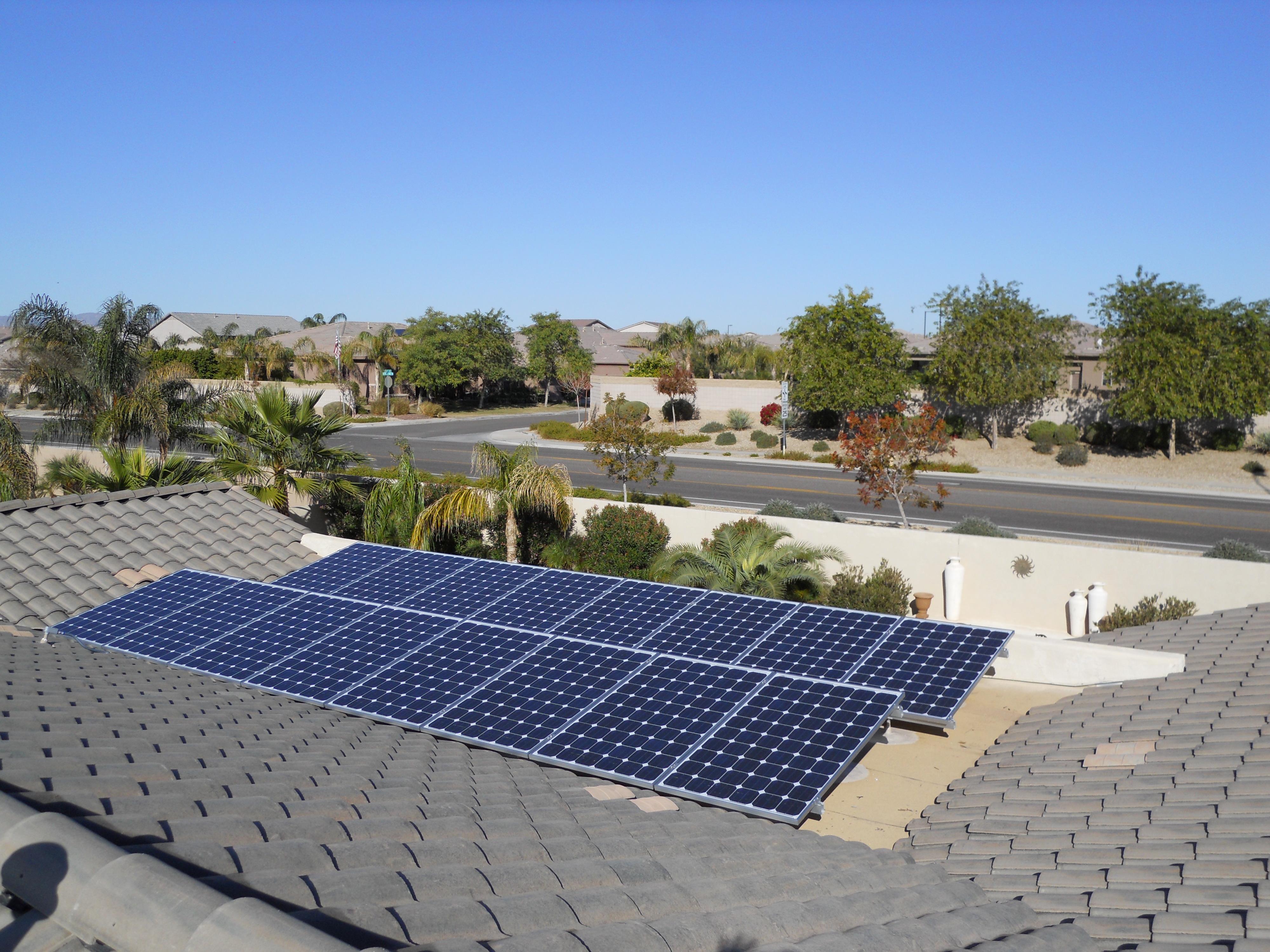Climate science is really very simple. There are basically four things to know about it, four answers to all the questions and arguments. Climate change is happening. People are causing it. It is serious. There are things we can do to reduce the risks. That’s it.
If you agree with some or all of these statements, then you can tell other people. It is useful to know details, but most important to share reasons that persuaded you.
‘Is it really happening?’ people ask this in many ways. They will suggest that the warming has stopped, or scientists are self-interested or in a conspiracy, or the Antarctic is adding ice. You can answer these comments by saying that that climate change is happening and you are convinced because, just look out the window at the weird weather. Or you may refer to news reports of record-setting high temperatures and extreme weather, or to studies by NASA, the Academies of Science and 99% of climate scientists.
‘Are people causing it?’ That is what people are really asking when they say that it’s just a natural process, or that sunspots, contrails, or volcanoes are the cause, or that nobody knows. To answer that question, point out the gigantic number of cars, factories, houses, electric plants and airplanes that are burning trillions of tons of coal, oil and natural gas. In a simple lab experiment we can see that burning fuel produces carbon dioxide, and that carbon dioxide heats air. So, what is all that warming gas doing, if not warming the planet.
‘Is it really serious?’ People who don’t know that this is a serious problem may say that we can keep burning fossil fuels for years and years. They may argue that CO2 is not harmful, and that animals will adapt, and that we are alarmists. We can surely say that it is serious to the million people who have died from extreme weather, accidents, hunger, and illness related to the warming climate. It is serious to the millions who are homeless, and jobless, the victims of floods, droughts, fires, and storm surges and rising oceans. It is serious to the people who will suffer increasing damages to their towns, food supplies, and health for decades more even after we stop burning fossil fuels. The military says that climate change threatens the security of America. The World Bank talks about cascading economic effects and risk of collapse of efforts to adapt. The Pope called “on people and nations to recognize the serious and potentially irreversible impacts of global warming…” Climate change is serious.
‘What should we do about it?’ We hear a wide variety of discouraging comments. Instead of countering each one, let’s adopt a clear vision of a path forward. Most citizens are concerned about the climate change and want more green energy. The fossil fuel companies are fighting any reduction in their share of the energy market with powerful lobbying, and media influence. Still, this is a democracy. More and more citizens telling the facts to their elected representatives have resulted in increased clean energy and energy efficiency in many states and cities. Many local groups are fighting hard to protect their communities from fossil fuel pollution.
We have to change the Congressional gridlock on this issue and get a national policy that promoting a green economy. If you recycle, walk more, and otherwise reduce your use of electricity and fuel, thank you. If you are active in organizations that promote clean energy and efficiency, thank you again. Now, make others be equally responsible. Lobby for a carbon tax, for subsidies for green energy and not fossil fuel, for regulations that require efficient buildings, for low carbon transportation, and increasing purchase of clean energy by the government.
Speak up. Go online and to meetings with Citizens Climate Lobby, Climate Reality, Greenpeace, Union of Concerned Scientists, Sierra Club or League of Conservation Voters. Millions of voices can create a new safe, healthy and prosperous green energy economy.

